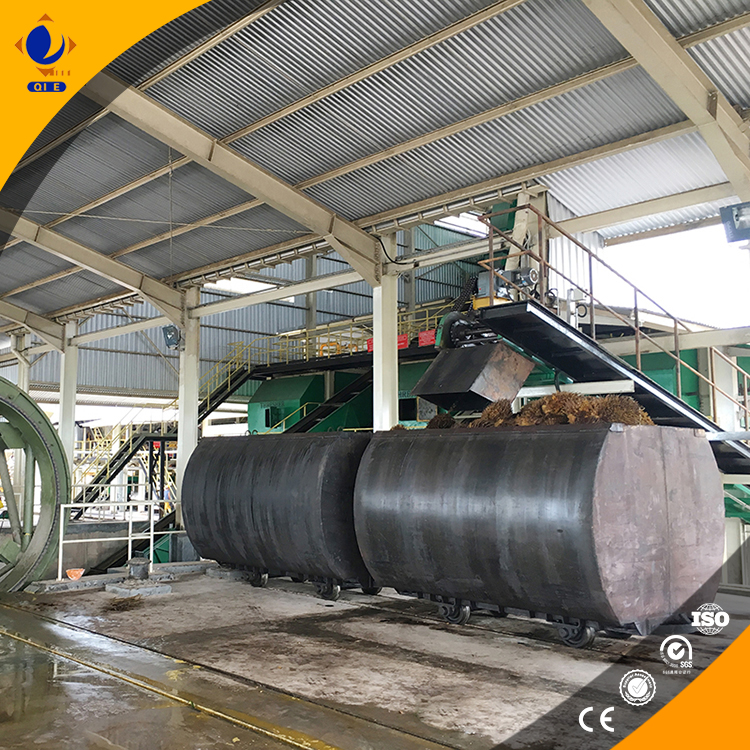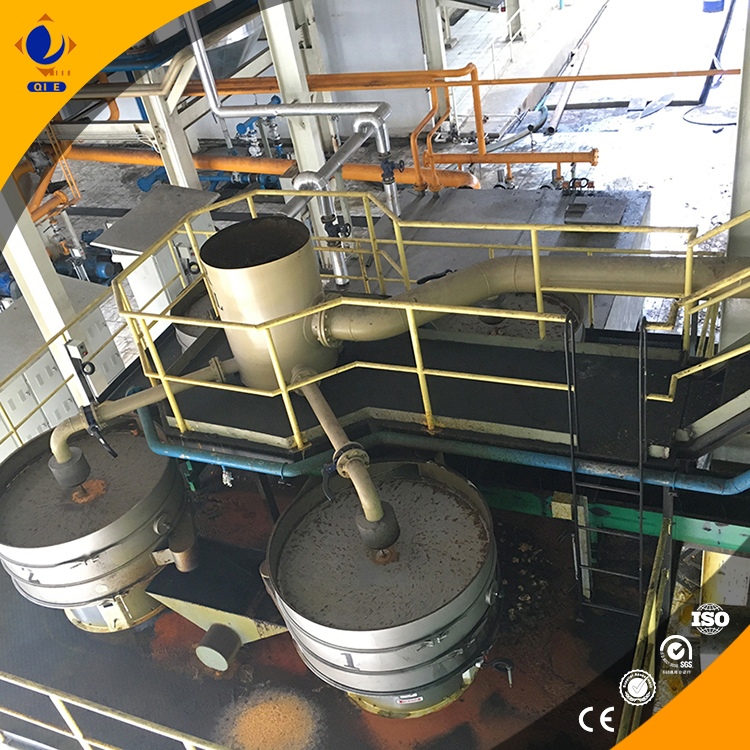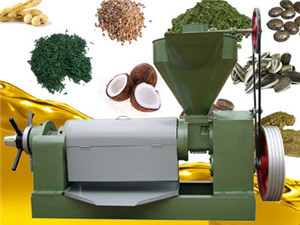
Mustard oil is a versatile and highly sought-after product in the global market, with applications ranging from culinary uses to traditional medicine. Its unique flavor and health benefits have led to a significant increase in demand, making the establishment of a mustard oil extraction plant a lucrative business opportunity. However, the success of such a venture largely depends on the careful selection of equipment that is precisely matched to the chosen extraction process.
There are three main methods for extracting mustard oil: cold pressing, hot pressing, and solvent extraction. Each method has its own set of advantages and disadvantages, and understanding these differences is crucial for selecting the right equipment.
Cold pressing is a mechanical extraction process that involves crushing mustard seeds at low temperatures, typically below 49°C (120°F). This method preserves the natural flavor, aroma, and nutritional value of the oil. However, it has a lower oil yield, usually around 25 - 30% compared to other methods. The equipment required for cold pressing includes a seed cleaner, a crusher, and a cold press machine. These machines are designed to operate at low speeds and gentle pressures to prevent overheating and damage to the oil's quality.

Hot pressing involves heating the mustard seeds before extraction, which increases the oil yield to approximately 35 - 40%. The higher temperature helps to break down the cell walls of the seeds, making it easier to extract the oil. However, this process can also lead to some loss of flavor and nutritional value. Equipment for hot pressing includes a seed roaster, a hot press machine, and a filtration system. The roaster is used to heat the seeds to the optimal temperature, while the hot press applies higher pressure to extract the oil.

Solvent extraction is a chemical process that uses solvents such as hexane to extract the oil from mustard seeds. This method has the highest oil yield, up to 45 - 50%. However, it requires more complex equipment and strict safety measures due to the use of flammable solvents. The equipment includes a solvent extraction unit, a desolventizer, and a distillation unit. The solvent extraction unit is used to mix the seeds with the solvent, while the desolventizer and distillation unit are used to separate the oil from the solvent.

When selecting equipment for a mustard oil extraction plant, several factors need to be considered:
Regular maintenance of the extraction equipment is essential to ensure its smooth operation and longevity. This includes cleaning, lubrication, and replacement of worn - out parts. Additionally, upgrading the equipment periodically can improve efficiency and productivity, leading to higher profits.
A mustard oil extraction plant in India was struggling with low production efficiency and inconsistent product quality. After carefully analyzing their extraction process and upgrading their equipment to match the cold - pressing method, they were able to increase their oil yield by 20% and improve the quality of their product. This led to a significant increase in market share and brand recognition.
In conclusion, the precise matching of equipment to the extraction process is the key to the success of a mustard oil extraction plant. By making the right equipment choices, you can enhance your brand's competitiveness in the global market and achieve sustainable business growth.
Ready to take your mustard oil extraction plant to the next level? Contact us today to explore our range of high - quality extraction equipment and get expert advice on equipment - process matching!

